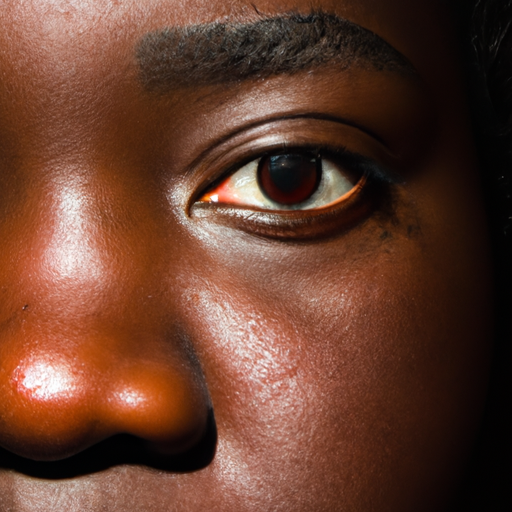Title: Unmasking Acne: A Comprehensive Guide to Diagnosis and Treatment
As a seasoned dermatologist, I have encountered numerous patients grappling with the distressing condition of acne. Acne is not just a cosmetic concern but can also significantly impact one’s emotional well-being. This article aims to unmask acne, providing a comprehensive guide to its diagnosis and treatment.
Acne is a common skin condition characterized by the appearance of pimples, blackheads, whiteheads, and cysts. It primarily affects areas of the skin with a high number of oil glands, including the face, upper part of the chest, and back. While it is most prevalent among teenagers, acne can affect people of all ages.
Diagnosing acne is typically straightforward. As a dermatologist, I assess the patient’s skin condition, taking into consideration the types of lesions present (comedones, papules, pustules, or nodules), their severity, and distribution. The patient’s age, lifestyle, and medical history also play a crucial role in the diagnosis.
Acne can be triggered by various factors such as hormonal changes, stress, certain medications, and a diet high in refined sugars or dairy products. Understanding these triggers can help in formulating an effective treatment plan.
When it comes to treating acne, there is no one-size-fits-all approach. The treatment plan is tailored to the individual’s specific needs and may involve a combination of topical treatments, oral medications, and lifestyle modifications.
Topical treatments include over-the-counter products containing salicylic acid or benzoyl peroxide and prescription creams or gels with retinoids or antibiotics. These work by reducing oil production, speeding up skin cell turnover, fighting bacterial infection, or reducing inflammation.
Oral medications are usually prescribed for moderate to severe acne or acne that doesn’t respond to topical treatments. These include antibiotics to decrease bacteria and inflammation, combined oral contraceptives to regulate hormones in women, anti-androgen agents, and isotretinoin for severe cases.
Lifestyle modifications such as maintaining a healthy diet, regular exercise, adequate hydration, and good skincare hygiene can also significantly improve acne.
In some cases, dermatological procedures like chemical peels, laser therapy, or drainage and extraction procedures may be recommended to treat stubborn or severe acne.
It’s essential to remember that acne treatment takes time, usually 4-8 weeks before seeing noticeable improvement. Patience, consistency, and adherence to the treatment plan are key to achieving clear skin.
In conclusion, acne is a common yet complex skin condition that requires a comprehensive approach for effective management. As a dermatologist, my goal is not only to treat the physical manifestations of acne but also to address the psychological impact it can have on my patients. By unmasking acne and understanding its triggers, we can formulate a personalized treatment plan that offers the best chance of success.
Remember, if you’re struggling with acne, you’re not alone. Reach out to a dermatologist who can guide you through your journey towards clearer, healthier skin.
Keywords: Acne, Dermatologist, Diagnosis, Treatment, Topical Treatments, Oral Medications, Lifestyle Modifications, Dermatological Procedures.



